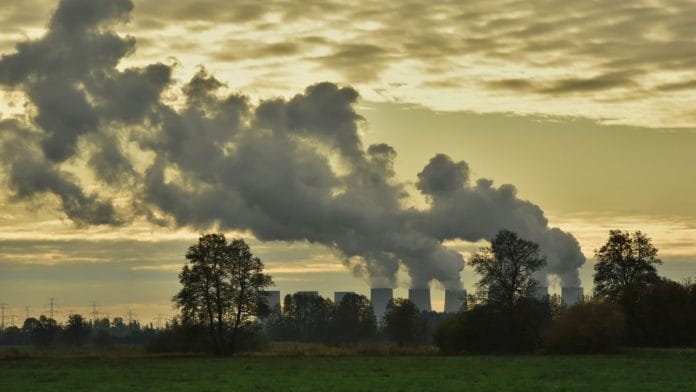Countries need to act to double the rate of energy efficiency improvement globally in order to meet their climate goals and maintain competitiveness in a transitioning world.
One way in which this can be achieved is through policy change – in particular, policies focused on transition planning, financing for efficiency, and sector-specific policies in buildings, industry and transport.
The world is currently undergoing a dramatic energy transition. We are moving from a linear energy system where fossil fuels are extracted and burnt or refined to deliver to energy users, to a complex interconnected web of producers, transmission and consumers of energy that use a variety of energy sources, with key roles played by infrastructure, financiers, and technology.
In order to succeed with minimal disruption, this transition needs to balance energy security, sustainability and affordability.
Challenges to achieving a smooth energy transition
Achieving this smooth transition is highly complex, not least because as we attempt to rapidly transition an energy system that took over 100 years to build, energy demand continues to rise, with some estimates that energy demand will increase by up to 33% by 2050.
This has potential to be further accelerated by the growth of energy-intense technologies such as artificial intelligence, whose growth has the potential to add the equivalent of the energy demand of Australia by 2030.
This is not inherently a bad outcome, as it represents the expansion of economic activity, access to energy and improvement in living standards.
However, it does create a ‘moving target’ for the transition as a whole, putting strain on existing power networks, and slowing transition by taking up the limited supply of renewables energy to meet the new demand, rather than decarbonizing the existing system.
At the same time, this resulting ‘bumpy’ transition leads to a lack of certainty for businesses, restricting their ability to invest and grow.
Businesses can act and are acting on this already, through focusing on reducing their energy intensity (energy used per unit of output produced).
As set out by the International Business Council (IBC), a group of 120 CEOs whose businesses represent 3% of global energy use, in their Transforming Energy Demand Initiative, there are many case studies of businesses rapidly decreasing their intensity through energy savings, energy efficiency and value chain collaborations.
However, there is more that can be done, with the Initiative’s Transforming Energy Demand white paper identifying existing technology could be used to reduce energy consumption by up to 31% with no loss of economic output. If this were to be delivered by 2030, it would result in savings for the global economy of up to $2 trillion per year.
To drive this acceleration, there needs to be support from policy-makers. This is high on the international agenda, with the UAE Consensus at COP28 seeing more than 130 countries signing up to double the rate of energy efficiency improvement globally by 2030. The next step is identifying how to deliver this goal.
Policy changes to help accelerate the energy transition
Business leaders are leaning into this challenge, and have set out their proposals in the Nairobi Business Leaders’ Action Plan at the International Energy Agency’s (IEA) 9th Annual Global Energy Efficiency Conference.
This action plan covers five key policy requests that can be delivered through private-public partnership:
1. Embed energy efficiency in country transition plans
- Countries are under increasing pressure to develop energy transition plans, for example to support their nationally determined contributions (NDCs).
- These plans need to focus on demand as much as supply, with mentions of energy efficiency present in as low as 30% of NDCs for industrial energy use.
2. Support measures to mobilize to energy efficiency finance
- The IEA estimates that annual funding for energy efficiency will need to triple to $1.9 trillion per year to reach climate goals.
- The majority of climate finance has been focused on energy supply change, while the disaggregated nature of energy demand interventions has led to a relative lack of products and focus.
- Governments can help to drive maturation of the funding landscape through a combination of tax incentives, allocated public funding and regulation to create investable assets.
3. Grow energy productivity in industry
- Industries need clear pathways, and supportive regulation on their activities and their products to support efficiency investment.
- This includes topics such as supporting efficient clustering of businesses, investment in digitalized grid infrastructure, and regulation to support minimum efficiency standards.
4. Strengthen approaches to improve energy efficiency in the built environment
- There need to be clear building codes for both new and existing buildings to encourage change.
- These should be appropriate to country context, with due attention paid to ensuring even enforcement to prevent market distortions.
5. Electrify transport
- Where appropriate, governments can focus on developing an integrated supply-to-wheel ecosystem to capture the efficiency benefits of electrification.
- This can be accelerated through shared standards across borders to increase business certainty for investment.
This article previously appeared in the World Economic Forum.






